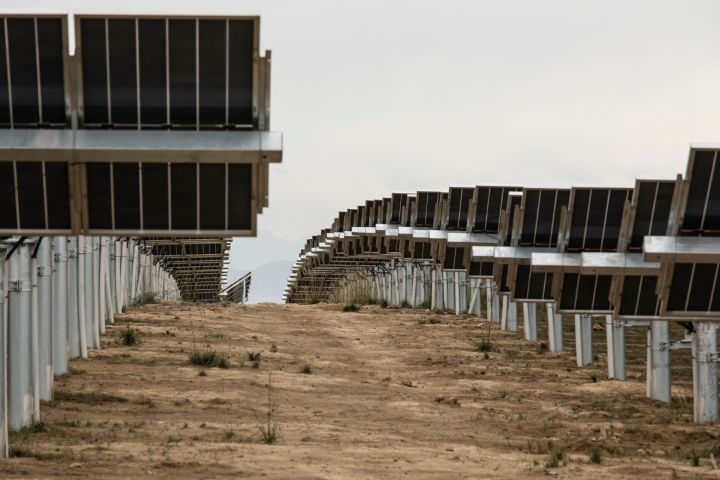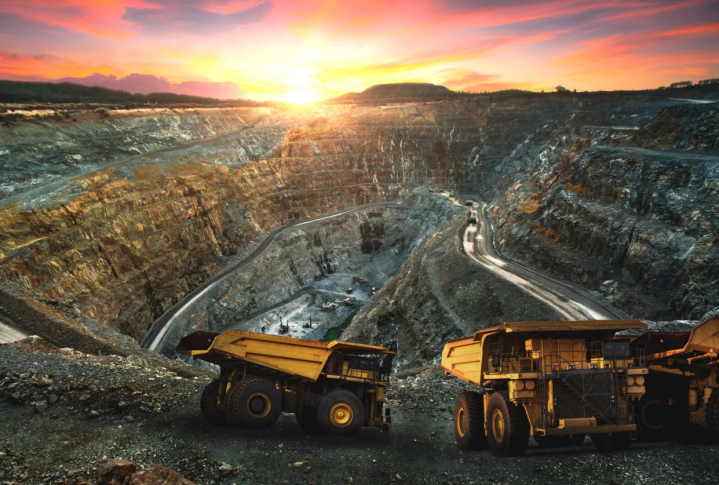Business Maverick
China’s renewable energy fleet is growing too fast for its grid

Nearly 12% of power generated by wind turbines in Inner Mongolia this year has been wasted because the grid couldn’t take it, along with 10% of solar power in Qinghai, Economic Information Daily reported, citing government data.
China is wasting more and more clean energy as it adds wind turbines and solar panels faster than its grid is able to digest them.
Nearly 12% of power generated by wind turbines in Inner Mongolia this year has been wasted because the grid couldn’t take it, along with 10% of solar power in Qinghai, Economic Information Daily reported, citing government data. In sunny and windswept but sparsely populated Gansu province, the utilisation rate of wind and solar power could drop below 90% this year from nearly 97% in 2021.

While China’s slowing economy and energy use amid Covid-19 lockdowns has something to do with it, the main culprit is the blistering pace of renewable energy installations. China set a record for wind capacity additions in 2020 and for solar in 2021, and is set to double that mark this year.
But unlike with mounds of coal, you can’t just save breezes and sunshine for when you need them, so all the extra capacity is generating more power than the grid can use and has to be cut off to avoid overloading it. That’s bad for utilities who aren’t getting paid for that power, and bad for the environment as the wasted clean energy could have reduced emissions from burning coal.
China was plagued by high curtailment rates last decade and in late 2017 introduced a quota system to force regions to slow new projects until all their power was being used. That resulted in solar and wind additions dropping in 2018 and 2019, reversing a half decade of increasing gains.
The good news is that China has developed more tools for dealing with its overabundance of wind and solar power – namely building long-distance power lines to ship it to places where it can be used, and developing energy storage systems that can absorb the power and redistribute it later when it’s needed. Investments in both technologies will likely increase after China’s two main utilities recently promised to boost capital spending to help stimulate the economy.
Scaling up those solutions will be of utmost importance. Because with the world already well behind the eight-ball in its fight against climate change, another slowdown in clean energy adoption in the world’s biggest emitter would be a disaster. BM


















Although one wants to limit curtailment, especially at this stage, it is important to realise that renewables need to be over designed to cope with variability. It is still the least cost option. RethinkX have calculated that the lowest cost option for power generation has between 3.5 and 5 times over capacity design. One can then use the surplus capacity when it is available, which is effectively free, to do things such as desalination. Look at the RethinkX energy report.